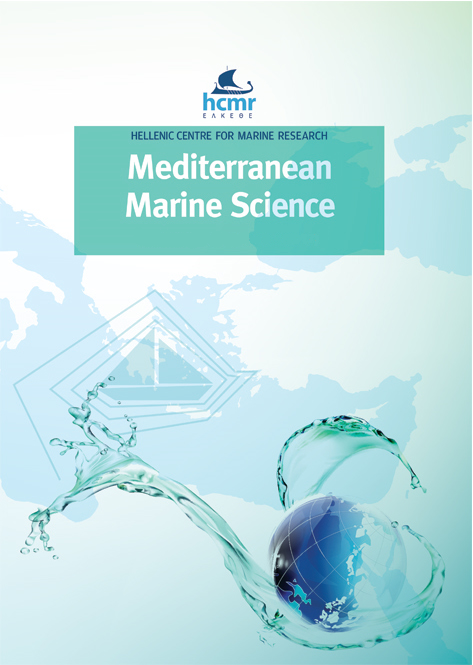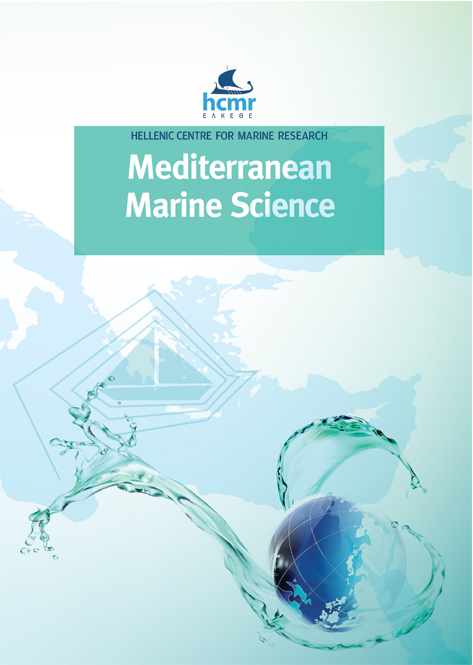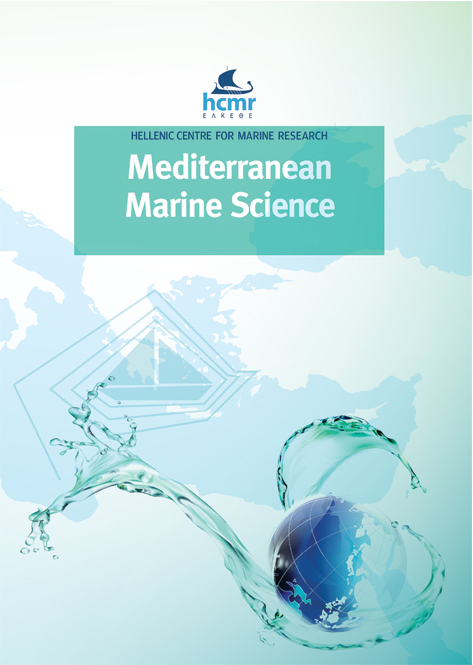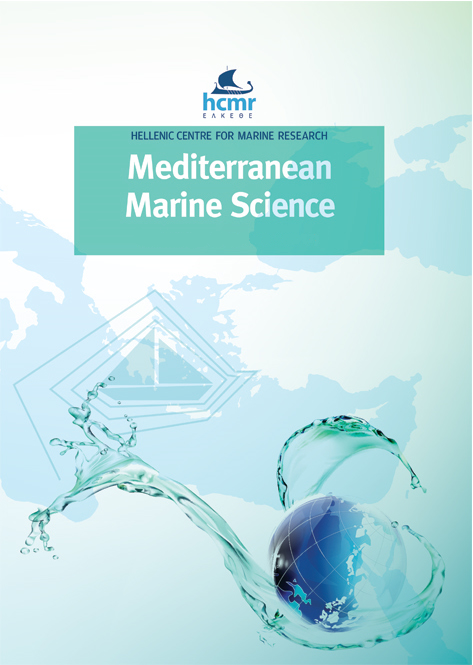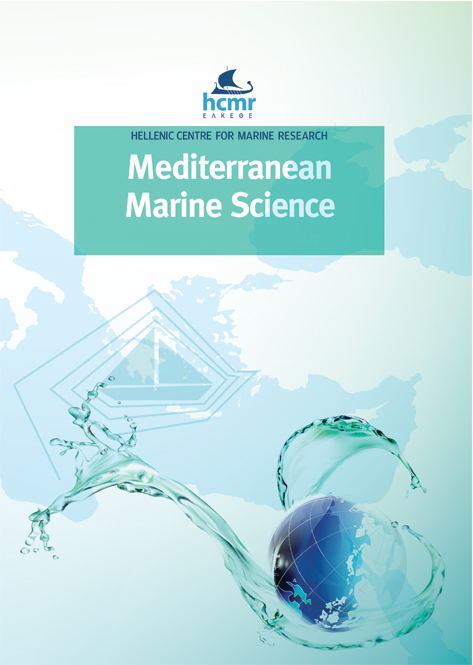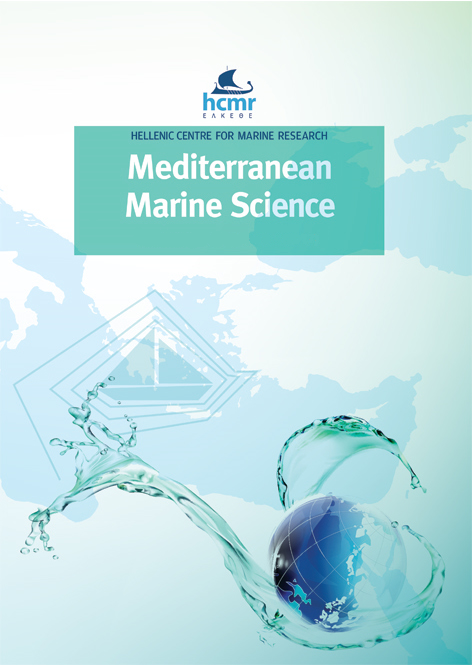Capturing the moment:a snapshot of Mediterranean bryozoan diversity in the early 2023
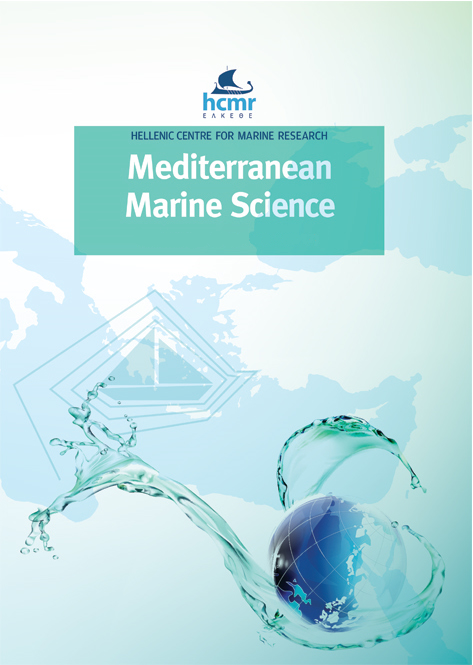
Abstract
This paper is an update on the Mediterranean bryozoan diversity since the annotated check-list of Rosso & Di Martino (2016), following the publication of numerous new papers describing new taxa and new species, and adding new records of non-indigenous species. Of the 32 new species described, some replace records of cosmopolitan or widespread species, while some others are the result of the dismantling of species complexes. New records include mainly species and genera previously known from the near Atlantic and subordinately from the Pacific. In addition to replacements, removal of species/genera is also linked to formalized synonymies. These changes also reflect on the composition and representation of families. The updated bryozoan fauna consists of 587 species, 220 genera and 99 families. The different order proportions remain largely unchanged with cheilostomatids (c. 77%) dominating over cyclostomatids (c. 13%) and ctenostomatids (c. 10%). Ten families account for about half of the total species diversity. The new available information is the result of the investigation of habitats and localities previously overlooked, the examination of museum historical collections, as well as a more routinely use of Scanning Electron Microscopy with increasing support from molecular sequencing. Updated biodiversity check-lists represent a unique, simple tool to monitor biodiversity in agreement with the Kunming-Montreal Global Biodiversity Framework adopted by the United Nations.
Article Details
- How to Cite
-
ROSSO, A., & MARTINO DI, E. (2023). Capturing the moment:a snapshot of Mediterranean bryozoan diversity in the early 2023. Mediterranean Marine Science, 24(2), 426–445. https://doi.org/10.12681/mms.34329
- Section
- Review Article
Authors who publish with this journal agree to the following terms:
- Authors retain copyright and grant the journal right of first publication with the work simultaneously licensed under a Creative Commons Attribution Non-Commercial License that allows others to share the work with an acknowledgement of the work's authorship and initial publication in this journal.
- Authors are able to enter into separate, additional contractual arrangements for the non-exclusive distribution of the journal's published version of the work (e.g. post it to an institutional repository or publish it in a book), with an acknowledgement of its initial publication in this journal.
- Authors are permitted and encouraged to post their work online (preferably in institutional repositories or on their website) prior to and during the submission process, as it can lead to productive exchanges, as well as earlier and greater citation of published work (See The Effect of Open Access).





